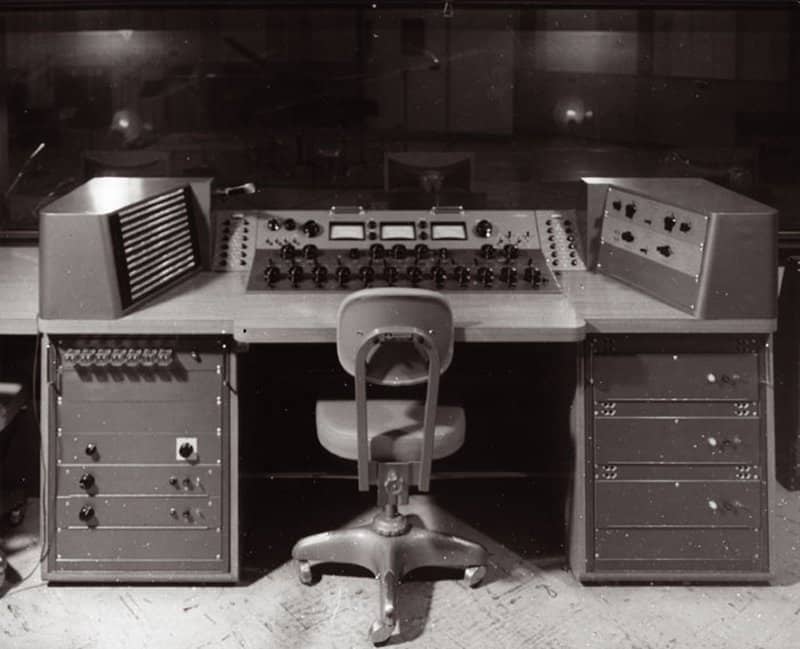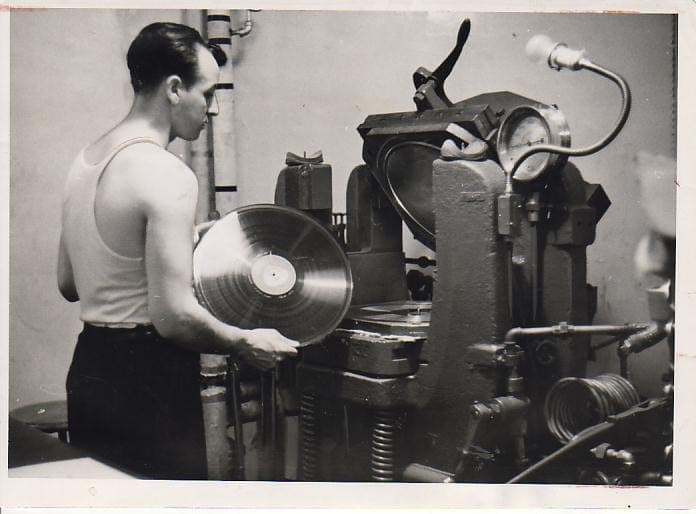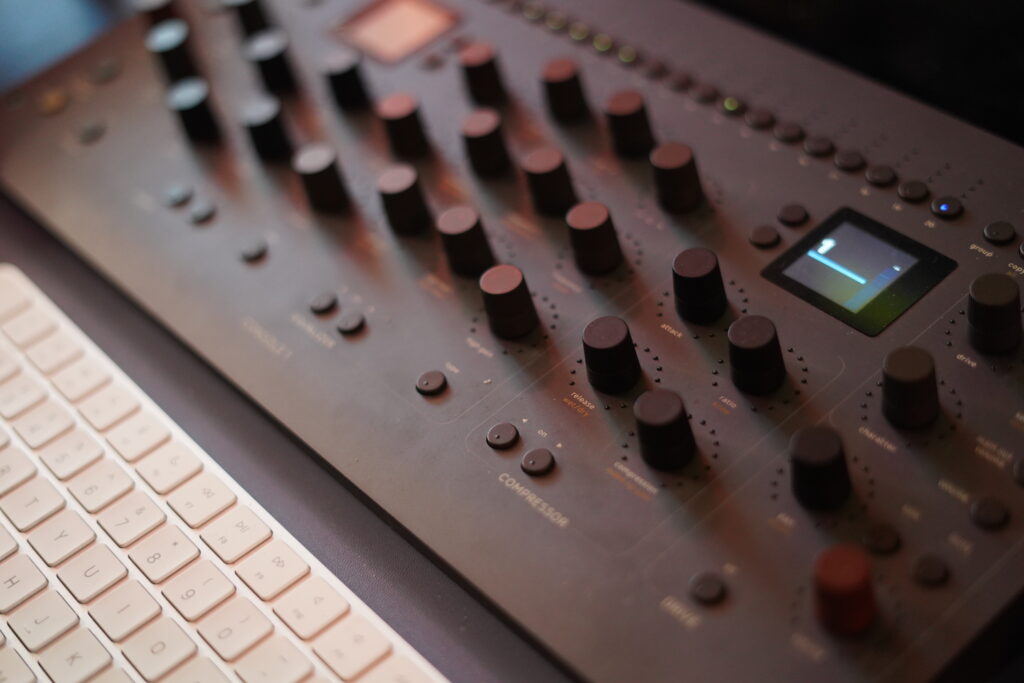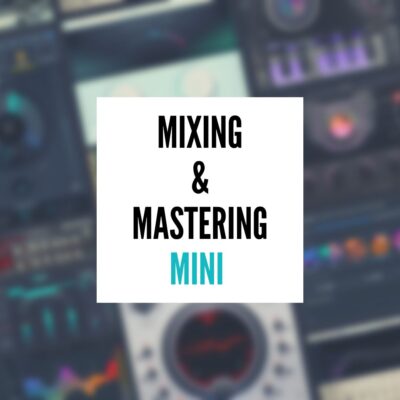The Evolution of Professional Mixing and Mastering
As an expert in audio engineering, I’ve seen the big changes in mixing and mastering for music. From the old days of recording straight to vinyl to the digital world now, a lot has changed. The job of a mastering engineer has changed a lot too. They’ve had to keep up with all the new recording and audio tech.
Now, engineers use vinyl, stereo sound, and digital audio in their work. These tools have made a big difference in how music sounds. The process of mastering has had to improve a lot to make music sound professional. This progress has been really interesting. I’m glad to tell you more about it. We’ll look at the history and how new tech is changing the field of mixing and mastering.

Key Takeaways
- The role of the mastering engineer has evolved significantly over the history of recorded music.
- Advancements in audio technologies, including vinyl, stereo sound, and digital audio, have transformed the mastering process.
- Professional mixing and mastering techniques have played a crucial role in shaping the music industry’s standards.
- Mastering engineers have had to adapt their skills and techniques to keep up with the changing landscape of audio engineering.
- The evolution of professional mixing and mastering has been a fascinating journey, with more advancements on the horizon.
The History of Mastering
The history of mastering started with analog recording and vinyl records. In the beginning, there was no clear role for a mastering engineer. One engineer did everything, from recording to making the master disc.
The Early Days of Recording
Tape recording was a big change in the late 1940s. Now, there were special “transfer engineers.” They made sure recordings sounded good on vinyl. They laid the groundwork for the mastering engineer job we know today.
The Adoption of Vinyl
Vinyl records became popular in the 1950s. This led to the use of the RIAA equalization curve. It was a big help for mastering engineers. They started using EQ and compression to make recordings sound better.
| Year | Key Event | Impact on Mastering |
|---|---|---|
| Late 1940s | Introduction of tape recording | Emergence of “transfer engineers” who specialized in transferring recordings from tape to vinyl masters |
| 1950s | Widespread adoption of vinyl records | Development of the RIAA equalization curve, leading mastering engineers to take on a more creative role in shaping the sound |
The journey of mastering is a captivating tale. It’s moved with the recording industry, from analog beginnings to today’s digital age. This change turned mastering engineers from technical experts into creative professionals. They are now in charge of the sound quality and style of recorded music.

The Transition to Digital Mastering
In 1982, the world embraced the compact disc (CD), changing how we worked with digital audio and digital mastering. This new digital format improved sound quality. It allowed audio tracks to be louder without losing quality.
The move to fully digital recording and production was made easier by digital audio workstations (DAWs) and digital signal processing (DSP). These new tools gave engineers more precise ways to shape a recording’s sound. This marked the start of an exciting phase in mastering.
- The CD and other digital formats improved the mastering process with better sound dynamics and less noise.
- Thanks to DAWs and DSP, engineers gained amazing control over how a recording sounded.
- These new tools let professionals make recordings sound louder without losing quality.
“The shift to digital mastering changed the game, opening up new ways to shape sound and boost loudness.”
Digitizing the mastering process led to a thrilling time of sound innovation. With digital tools, engineers could fine-tune every aspect of a recording. They worked towards creating perfectly polished and improved sound. This era set new standards in mixing and mastering professional music.
The Loudness Wars
Since the 1950s, the music industry has been in a “Loudness Wars” battle. This led engineers to make music masters louder. But, this often meant less clarity and dynamic in the music. In the late 1990s, when digital technology was booming, albums started losing their dynamic range.
Dynamic Range Day and Loudness Normalization
Dynamic Range Day and loudness normalization change this. They try to bring back musical integrity. By educating everyone, they aim to remind people of the joy of a varied and immersive sound.
Thanks to loudness normalization, streaming services now play all songs at the same volume. This avoids the extreme loudness of the past. It encourages engineers to focus on quality over just being the loudest.
| Metric | Before Loudness Normalization | After Loudness Normalization |
|---|---|---|
| Average Loudness | -10 LUFS | -16 LUFS |
| Dynamic Range | 6 dB | 12 dB |
| Perceived Clarity | Low | High |
The table above shows how loudness normalization improves audio. It enhances the listening experience, making it more engaging and true to the artist’s vision.
While the Loudness Wars served a purpose, focusing on sound balance is better. As music tech grows, how we master music will change too. This shift promises exciting times ahead for both creators and listeners.

Modern Mastering Techniques
In the professional audio world, mastering has become a mix of science and art. It’s the last step before sharing music with the world. Modern mastering makes songs sound their best, ready to wow audiences.
Shaping the Sonics
Today’s mastering engineers have advanced tools to perfect sound. They use these tools to improve the audio in many ways. This makes songs clearer, polished, and ready for everyone to enjoy.
Quality Control
Checking for mistakes in audio files is a big part of mastering today. Engineers look closely for things like clipping or noise. Fixing these issues ensures the music meets the highest sound quality standards.
Metadata and Crediting
Mastering engineers don’t just focus on sound. They also add important info to the music files. This includes song titles and artist names. Adding this makes it easier for fans to find and enjoy the music.
Encoding for Different Formats
In today’s digital music world, audio engineers also prepare songs for all platforms. This includes streaming apps and new sound technologies. Their work ensures songs sound great, no matter where or how people listen.
| Mastering Technique | Purpose | Key Benefits |
|---|---|---|
| Shaping the Sonics | Refining the frequency spectrum, enhancing clarity, and maintaining the integrity of the mix | Achieving a polished, cohesive, and commercially viable sound |
| Quality Control | Thoroughly examining audio files for technical issues before distribution | Ensuring the final product meets the highest standards of audio fidelity |
| Metadata and Crediting | Properly embedding essential information such as song titles, artist names, and album credits | Enhancing the listener’s experience and ensuring accurate attribution for contributors |
| Encoding for Different Formats | Optimizing audio files for various distribution channels, from streaming to immersive audio | Delivering the best possible listening experience across multiple devices and platforms |
By using these advanced mastering techniques, professionals make music sound better and reach more people. They help songs compete in the music industry and truly connect with listeners.
Professional Mixing and Mastering
As I aim to make it in music, I see the value in professional mixing and mastering. It’s easier than ever to put out music but pros can take it to the next level. They have the know-how, tools, and past jobs to make my music sound its best. This helps my tunes stand out and do well in the market.
Bringing in experts in the final steps can really boost the song’s quality and appeal. They tweak the balance and fine-tune the sound to make it top-notch. This makes the music more inviting to listeners and ready to take on the big players in the music industry.
So, what’s mixing? It’s putting together each part of the song in a smooth and polished way. They use cool gear and skills to get every sound just right in the song. Think of it as putting everyone in the right place to make the song amazing.
Then, there’s mastering. This is where they perfect the already mixed song. They do this to make it sound great no matter where you hear it. Mastering pros use special tools to boost the song’s overall sound and fit it for different needs. This makes the song really shine.
Working with these pros can really lift my music game. They bring a level of expertise and gear I don’t have. Their deep knowledge and tech can change a good song into one that really pops. This puts my music on par with the best out there.
The right mix and master can make or break a record. Working with the pros is an investment that pays off in the long run.”
The Impact of Streaming on Mastering
The music world is always changing. The way we listen, like using streaming audio, impacts how music is made. Spotify, Apple Music, and Amazon Music are popular. This means mastering engineers face new challenges.
Streaming services use loudness normalization. It stops songs from getting too loud. Before, making songs louder was a big deal in the “Loudness Wars.” Now, engineers focus on a mix of loudness and dynamic range.
This change asks engineers to make music sound good but not tiring. They work to keep the natural sound and feel of the songs. This means less aggressive sound techniques that compress the music too much.
“Streaming has forced us to rethink how we approach mastering. It’s no longer about who can be the loudest; it’s about creating a balance that allows the music to shine and the listener to enjoy the experience.”
Engineers have to keep up with what streaming platforms and listeners want. They focus on keeping the music’s dynamic range intact. This way, mastering still matters a lot in the streaming era.
Mastering for Immersive Audio
Audio is changing fast. Mastering engineers now face new formats, like immersive audio. These include surround sound and spatial audio, which bring new challenges and excitement. Special skills are needed to make the best masters for these types of listening.
Getting immersive audio right takes both technical know-how and creative skill. It involves things like how files are encoded, balancing channels, and where to place sounds. This process unleashes immersive audio, surround sound, and spatial audio at their best. This makes the music or sound fully immersive, taking listeners to different worlds.
Multichannel mastering is key. It melds many audio channels into one, creating a unified and rich sound experience. To do this well, mastering engineers need a deep grasp of multichannel mastering methods. This allows them to harmonize all the pieces and make a complete sonic picture.
“Mastering for immersive audio is an art form in itself, requiring a keen ear, technical expertise, and a deep understanding of the latest advancements in audio technology.”
As more people want immersive audio, mastering engineers must lead the way. They need to keep learning, trying new things, and perfecting their skills. This dedication makes sure the music they work on truly dazzles listeners with its sound quality.
| Immersive Audio Format | Key Considerations | Mastering Techniques |
|---|---|---|
| Surround Sound (5.1, 7.1) |
|
|
| Spatial Audio (Dolby Atmos, Sony 360 Reality Audio) |
|
|
The Role of AI in Mastering
In music production, artificial intelligence (AI) is changing how we master songs. AI tools promise easier and better ways to master music. They use automated systems or “intelligent” methods to handle audio mastering tasks.
Platforms like LANDR and plugins from iZotope make AI mastering popular. These systems learn from audio data. Then, they make precise adjustments to master songs professionally, without humans needing to do it all.
But, automated mastering tools are not as creative as human experts. They are a big step forward in music technology. As intelligent mastering advances, AI’s role in mastering might grow even more.
AI-powered mastering tools offer a glimpse into the potential of leveraging data-driven insights to streamline the audio mastering process. However, the human element and creative expertise of professional mastering engineers will remain an integral part of the industry for the foreseeable future.”
Introducing AI to mastering has pros and cons. It can make mastering more efficient and available to many. Yet, it brings up questions about the future of professional mastering work.
As the music mastering world changes, seeing AI and human experts work together will be interesting.
The Future of Mastering
The audio technology world is always evolving. The future of mastering will be shaped by audio technology trendsand changes in the music industry evolution. These will dramatically influence how mastering is done in the future.
AI-powered tools are becoming more prominent. They are set to change how mastering engineers work. With the help of these smart algorithms, tasks can be automated, and better sound enhancements can be made. Mastering engineers have to get on board with these advancements to stay relevant.
Recently, immersive audio like Dolby Atmos and 360-degree sound has caught on. Mastering engineers must learn ways to make music sound great in these formats. This change is to ensure listeners have a top-notch experience no matter how they listen.
Also, the way music is listened to has changed. Platforms like streaming services are now essential. Engineers need to make sure music sounds perfect on these platforms. Knowing how to work with things like metadata and loudness is key for the future of mastering.
Staying ahead means always improving and learning. By keeping up with audio technology trends and music industry evolution, engineers can offer top-notch sound. This ensures the industry shines as it moves forward.
“The future of mastering lies in the ability to blend cutting-edge technology with the timeless art of shaping sound.”
| Trend | Impact on Mastering |
|---|---|
| AI-powered Mastering Tools | Automate tedious tasks and provide intelligent suggestions to enhance the final sound |
| Immersive Audio Formats | Require new skills and techniques to ensure seamless translation across innovative formats |
| Streaming Dominance | Optimize work for digital channels, navigate complexities of metadata, encoding, and loudness normalization |
The future of mastering is being shaped by audio technology trends and music industry evolution. To succeed, engineers must always be ready to learn and adapt. They need to embrace new tools and techniques. This way, they can provide top-quality sound that engages listeners and moves the field forward.
Conclusion
The journey of professional mixing and mastering is impressive. It involves new technologies and the need for skilled audio engineers. They mold the final sound of recorded music.
From direct-to-disc recording to the digital age, the role of the mastering engineer has changed. It now needs both technical skills and creative vision.
Mastering stays a crucial step in making music. It helps every recording to reach its best and connect with people. Staying updated with trends, using new tech, and improving skills are vital.
The article sums up the journey of mixing and mastering. It shows the shift to digital tools and streaming’s effect on mastering. Plus, it talks about how AI might change the field. Understanding these points helps audio pros navigate the music industry better. They can achieve great results for their clients.
FAQ
What is the role of a mastering engineer in the music industry?
An expert in mixing and mastering, I’ve seen big changes in the field. These changes came with new ways of making music sound its best.
Such changes are not new. From direct-to-disc to digital, the evolution has been huge. The role has always been about bringing out the best in music. This drive for excellence has defined the job for years.
How has the mastering process evolved over time?
The mastering process has evolved thanks to new technology. From vinyl to digital, each step has required new skills.
Tape recording and vinyl added depth to the process. They were followed by digital audio, bringing a host of new ways to perfect music.
These changes have led to today’s advanced mastering techniques used by experts.
What is the “Loudness Wars” and how has it impacted mastering?
The “Loudness Wars” emerged in the 1950s. They were all about making songs sound louder than the rest.
Digital technology made songs easier to make louder. But, this compression of sound often meant losing depth and clarity.
Now, efforts like Dynamic Range Day work to strike a balance. They aim for a sound that’s powerful yet rich.
What are the key aspects of modern mastering techniques?
Today, mastering is a blend of art and tech. Specialists can really make a song shine. They smooth out any rough frequency bits, pump up the dynamic range, and make sure your song stands out.
They also ensure your song is correctly marked. This helps your song travel and be found by fans worldwide.
What are the benefits of working with professional mixing and mastering engineers?
Even though making music on your own is easier, pros bring a lot to the table. They have the know-how, tools, and a keen ear to make your music sound top-notch.
They ensure your music is up to par, making it easier to cut through the competition.
How has the rise of streaming platforms impacted the mastering process?
Streaming has changed how we master songs. These platforms use loudness normalization. It means songs play at similar volume levels.
This move away from the “Loudness Wars” has been good. Fans now enjoy music with more depth and natural sound.
What are the challenges of mastering for immersive audio formats?
New audio formats, like surround sound, bring new tests for mastering. They require a different approach.
Special knowledge is needed to make sure music sounds great in these settings. It’s an exciting challenge for pros in the field.
How is artificial intelligence (AI) impacting the field of mastering?
AI has brought new mastering tools. These tools promise to make mastering faster and more efficient.
Yet, they can’t replace human expertise and taste. Still, AI shows promise for the future. It’s an interesting area in music technology.





